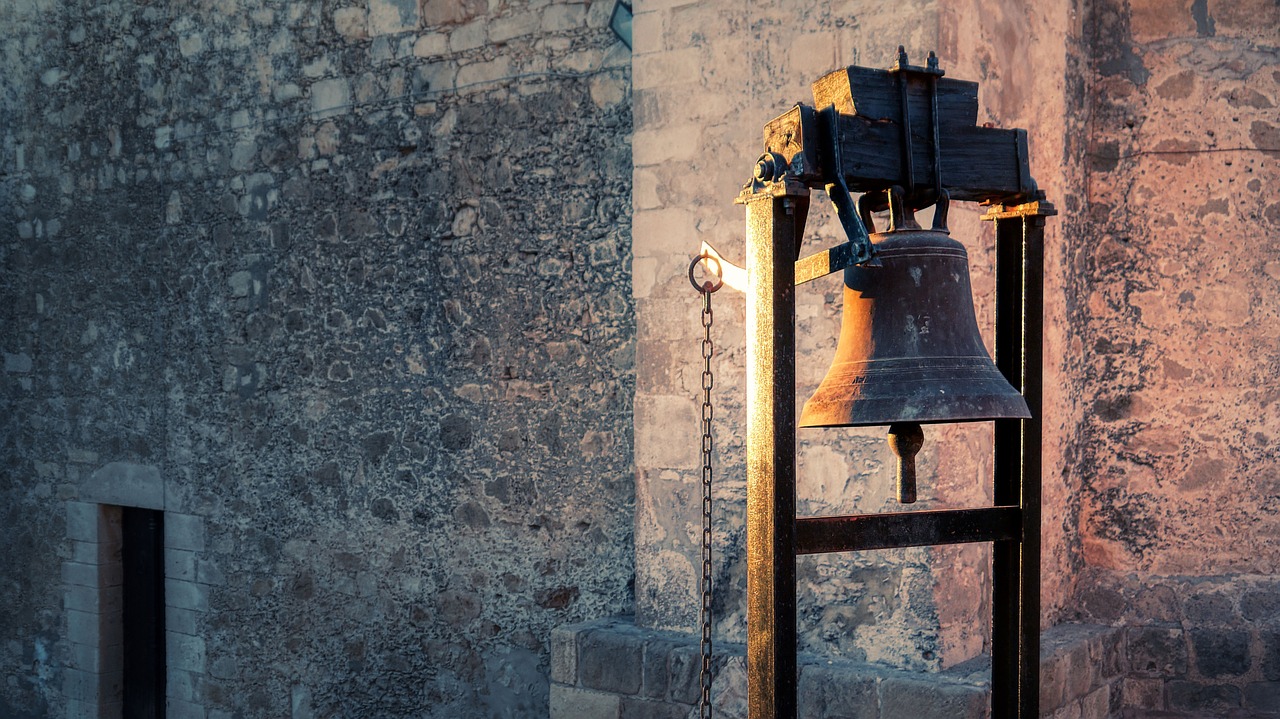Everyday sayings often hide real dates, places, and rules. Some came from sports in 1867 rings. Others rose from fairs in the 1920s or ship travel in the 1600s. Myths grow fast, so facts help. We name years, towns, and tools that shaped each phrase. You will visit boxing halls, paperwork desks, and muddy roads. Notice how a single rule, like a factory bell at 7 a.m., becomes language. Keep an eye on safety notes too. Old practices were risky. Knowing the true origin makes the words clearer and more fun to use.
1. Saved by the Bell

This phrase comes from boxing, not coffins. When a round ends, the bell stops the fight. A hurt boxer can stand and recover. The Marquess of Queensberry rules, published in 1867 in London, set timed rounds and a ten second count. School bells and factory whistles also fixed shift times in the 1880s. Together they made the image familiar. Safety note, early rings lacked headgear, so injuries were common. Today gyms post rules on gloves, mouthguards, and counts to protect fighters before the bell sounds.
2. Close but No Cigar

Carnival booths in the United States once gave cigars as prizes. In the 1890s and 1920s, barkers traveled fair circuits with ring toss and shooting games. Winners got a cigar right on the counter. If your ring missed by an inch, the worker laughed, “Close, but no cigar.” The line spread through newspapers by mid 20th century. Many states later banned tobacco prizes for teens, posting age 21 sales laws in 2019. The image stuck anyway. You almost win, but you leave with nothing except a story and a goal to try again next time.
3. Bite the Bullet

People say this about facing pain. The picture likely comes from field care before modern anesthesia, common before the 1860s. A patient might clench leather or even a bullet to focus during a quick cut. The phrase appears in print by 1891 in Rudyard Kipling’s writing. Surgeons soon used ether and chloroform, then safer drugs. Today, doctors follow consent forms and timed doses. The old line remains, but we handle pain with plans, not teeth. If you hear it, think courage with a better toolkit than soldiers had on 19th century battlefields.
4. Kick the Bucket

The exact origin is debated. One theory points to a slaughter beam called a bucket in 18th century England. An animal hung from the beam and kicked as life ended. Francis Grose’s 1785 dictionary lists the phrase for dying. Another idea links it to a bucket knocked over under a hanging body. Either way, the image is grim and old. Modern writers use it for humor, but the roots are not soft. Safer thought, today farms follow humane rules, measured in seconds and pounds, to reduce suffering in barns and plants.
5. Rule of Thumb

Many think this came from a law that allowed a man to beat his wife with a stick no wider than his thumb. Historians reject that claim. The phrase shows up in the 1600s for rough measuring, like brewers testing heat by a thumb or carpenters checking widths. James Durham wrote on preaching rules in 1685, using thumb as a stand-in for a practical guide. Modern building codes list inches and pounds, not thumbs, but the idea remains. A quick estimate helps, then exact tools take over before cutting wood or setting bolts.
6. Break the Ice

Sailing rivers and harbors once meant waiting for spring thaws. Merchants paid small boats to smash a path through thin ice so larger ships could move. The phrase appears in English by the late 1500s, then grows as trade expands in the 1600s. By the 19th century, icebreaker ships with steel hulls worked in feet of ice on northern routes. Today we use it for opening talks. First moves are hard, so a simple question or game clears the way, like a boat clearing a frozen channel near a busy port.
7. Let the Cat Out of the Bag

This warning about revealing a secret likely grew from a market trick. A buyer paid for a piglet in a sack. A cheating seller swapped in a cat. If the bag opened in public, the cat jumped out and exposed the fraud. Writers used versions of the phrase by the 1760s. Another myth points to the cat-o’-nine-tails on navy ships, but market scams fit the story better. Today stores post return rules in days and receipts, reducing such tricks. Still, once a secret jumps out, you cannot stuff it back in.
8. Cold Turkey

Quitting “cold turkey” means stopping at once. In 1921, a California newspaper printed the term for ending drug use without tapering. The image may come from pale, bumpy skin during withdrawal, like a chilled turkey. Doctors today write taper plans in milligrams per day and check blood pressure, sleep, and mood. They warn about risks from sudden stops. The phrase sticks because the picture is sharp. You drop from daily use to zero on a single date. Safer choices start with a doctor’s calendar and clear phone follow ups.
9. Hold Your Horses

In the 1800s, people drove wagons and rode teams. A shout of “hold your horses” meant stop and control the animals. U.S. newspapers used it by 1844, including the New Orleans Picayune. The advice still fits rushy moments. Slow down, check the road, then go. Modern traffic laws list feet for stopping distance and seconds for safe gaps. On trails, equestrians ask hikers to step aside and speak calmly so horses see and hear people. The old line keeps its literal sense where hooves and wheels still share space.
10. Red Tape

Governments in Britain and Spain tied legal bundles with red ribbon for centuries. The color marked important files. By the 1700s, writers complained that requests stalled under “red tape.” Charles Dickens mocked it in the 1850s, and the term crossed to the United States. Today agencies post response targets in days and track forms by number. Digital portals cut ribbon but add passwords. The phrase survives because everyone knows the feeling. A simple permit can take weeks, measured in steps, stamps, and status lines on a screen.


